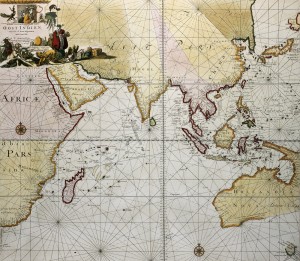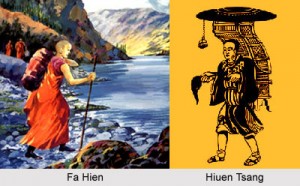Imagine for a second, what would happen if someone pours a bucket of ice-cold water over your head? A slight chill runs through the body, the hair gets spoilt, the dress gets wet, and god forbid if you are carrying your wallet or your phone on you, the person with the bucket would possibly be buried in one.
But what if you could have some fun, get publicity, and indulge in friendly  bantering with your colleagues or friends, and finally, the beatific feeling of having contributed to a good cause, all at the same time. If imagine you could get all this by having a bucket of cold water poured over your head, would you not agree to it?
bantering with your colleagues or friends, and finally, the beatific feeling of having contributed to a good cause, all at the same time. If imagine you could get all this by having a bucket of cold water poured over your head, would you not agree to it?
This is what essentially the Ice Bucket Challenge (or as it is known #IceBucketChallenge) is all about. Lots of fun, PR gimmicks, bantering and all this in the name of a charitable cause. Apparently the Ice Bucket Challenge is being taken for spreading awareness on ALS or Amyotrophic lateral sclerosis. A neurological disorder affecting the nerve cells in the brain and the spinal cord. Patients suffering from ALS or Lou Gehrig Disease as it is also known suffer from a degenerative loss of control over their bodily functions, leading to total paralysis and subsequent death. Typically, the time-span between the onset of symptoms to death is around 2-5 years. It is a painful and traumatic disease, which leaves the person debilitated and is incurable. Hence, people having fun with cold water in the name of such a traumatic disorder must make you sick. Right?
Not really. In our disjointed world, something as abominable as this is repackaged as a philanthropic and social exercise. SO, the Ice Bucket Challenge has a social side, the participants in the challenge have a choice of donating $100 or having a bucket of ice-water poured over their heads. Ideally, you’d expect folks (especially the uber rich ones) to opt for donation, so that there can be more research on the disease, and the possibility of finding a cure. But no, in a sort of pseudo machismo, people will have water poured over their heads as if it is a very brave and gallant thing to do. The script is similar in almost all the videos posted, the person will  “accept” the challenge, rattle of a few more names, steel himself/herself up, have the bucket emptied over self, smile, shriek or just look bewildered. The length of the video varies from 30 seconds to over 2 minutes, directly proportional to how desperate the person is for publicity. In fact, in many videos the celebs don’t even mention ALS or do it very casually, thereby defeating the whole purpose for taking up the challenge (remember the greater good of spreading awareness). Continue reading
“accept” the challenge, rattle of a few more names, steel himself/herself up, have the bucket emptied over self, smile, shriek or just look bewildered. The length of the video varies from 30 seconds to over 2 minutes, directly proportional to how desperate the person is for publicity. In fact, in many videos the celebs don’t even mention ALS or do it very casually, thereby defeating the whole purpose for taking up the challenge (remember the greater good of spreading awareness). Continue reading


